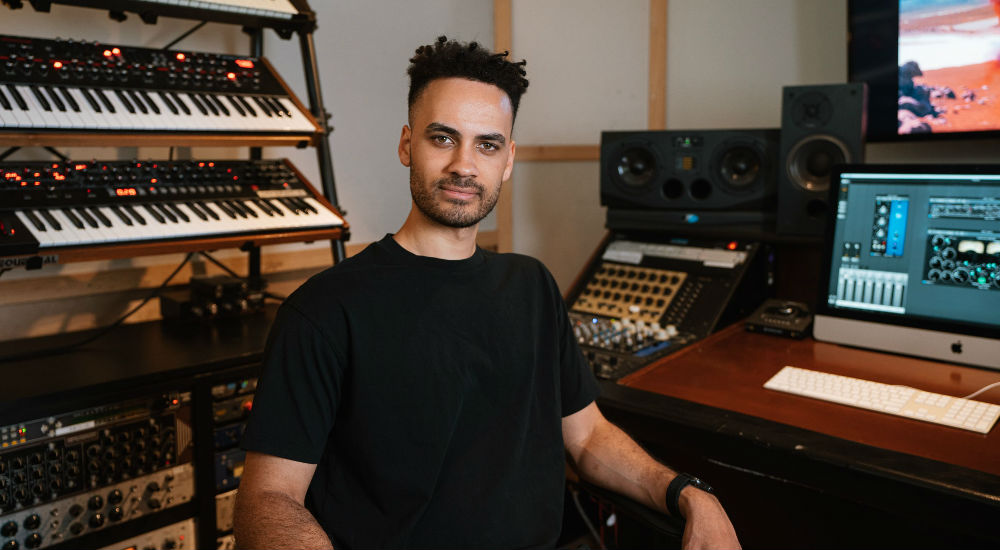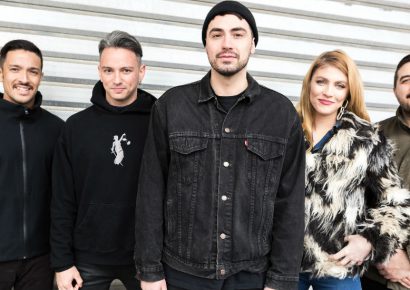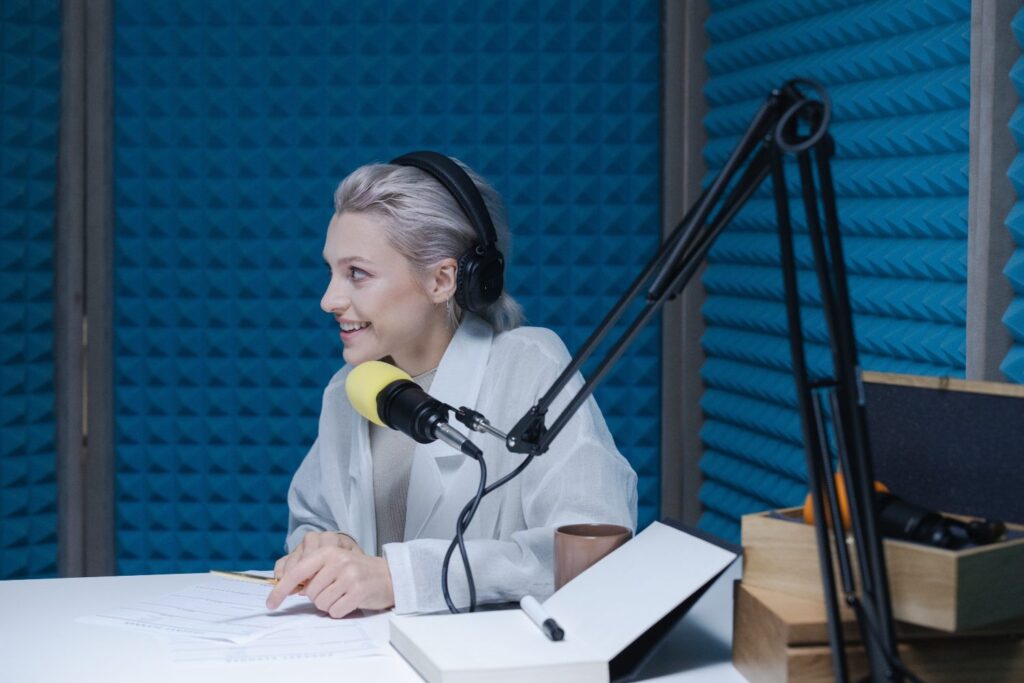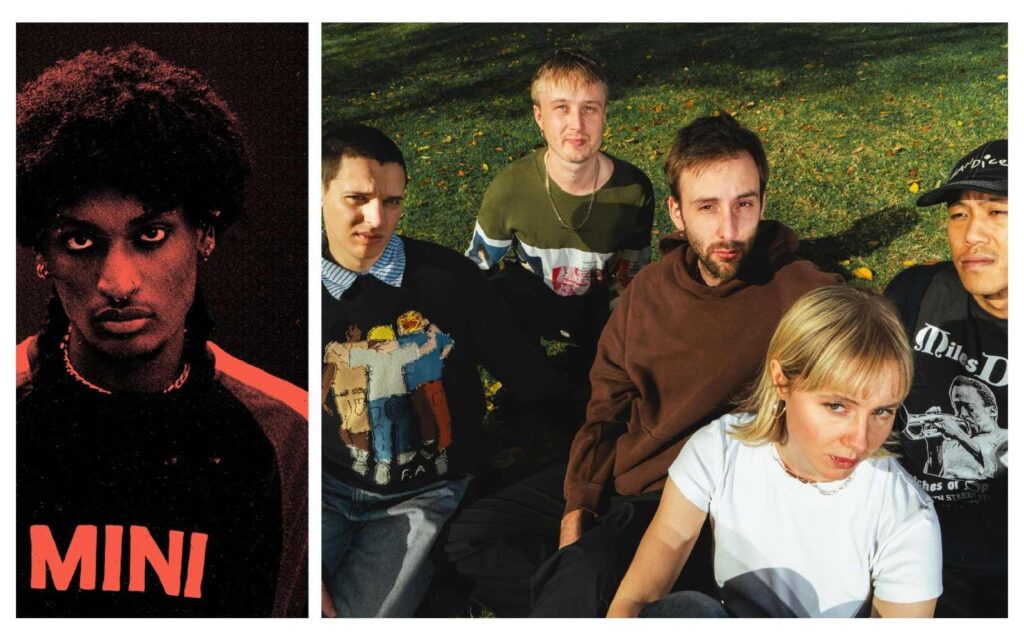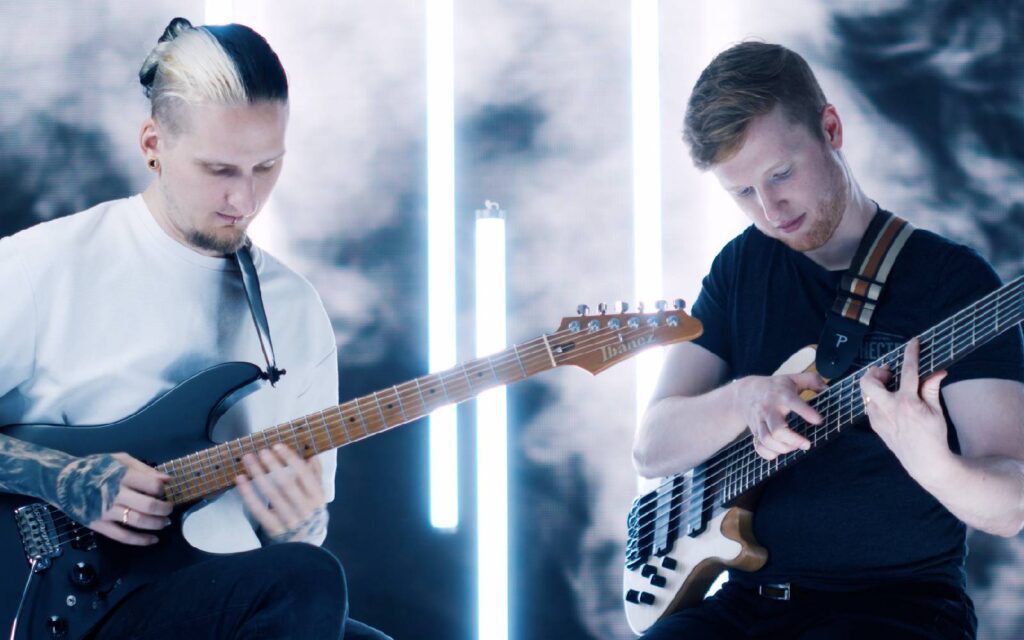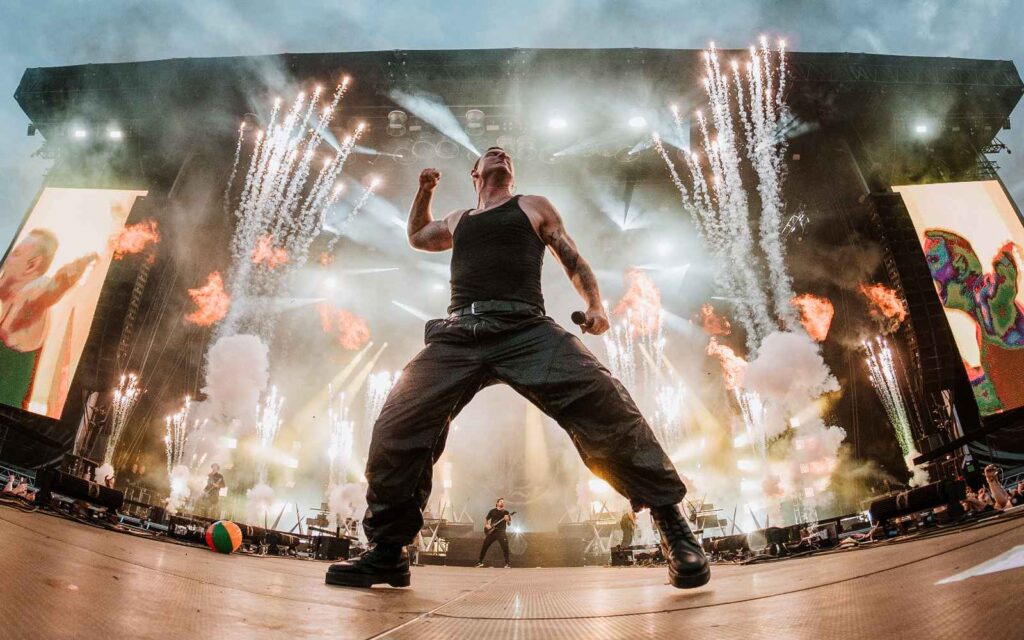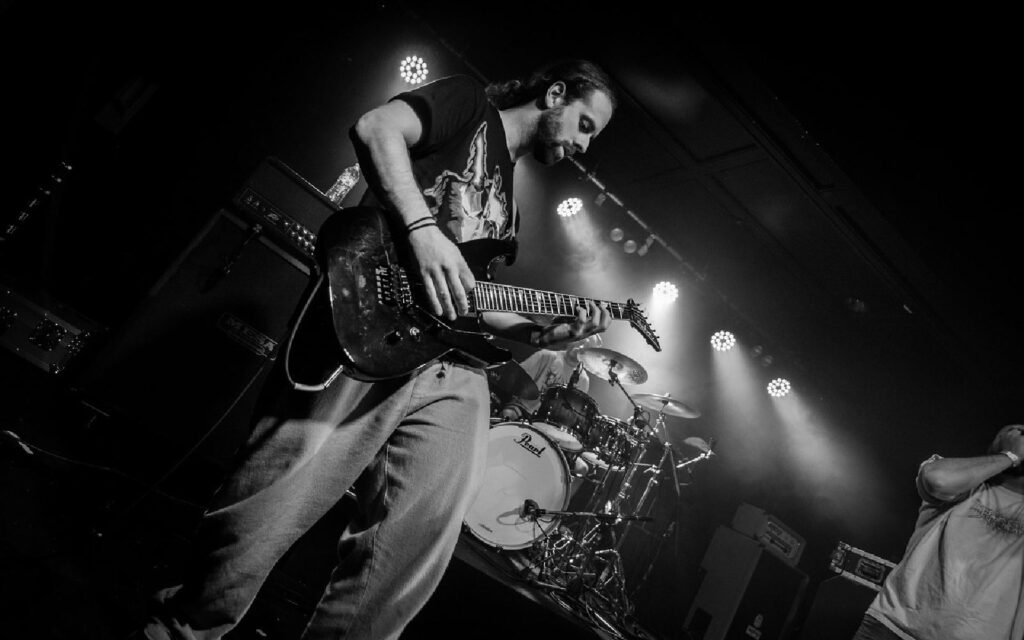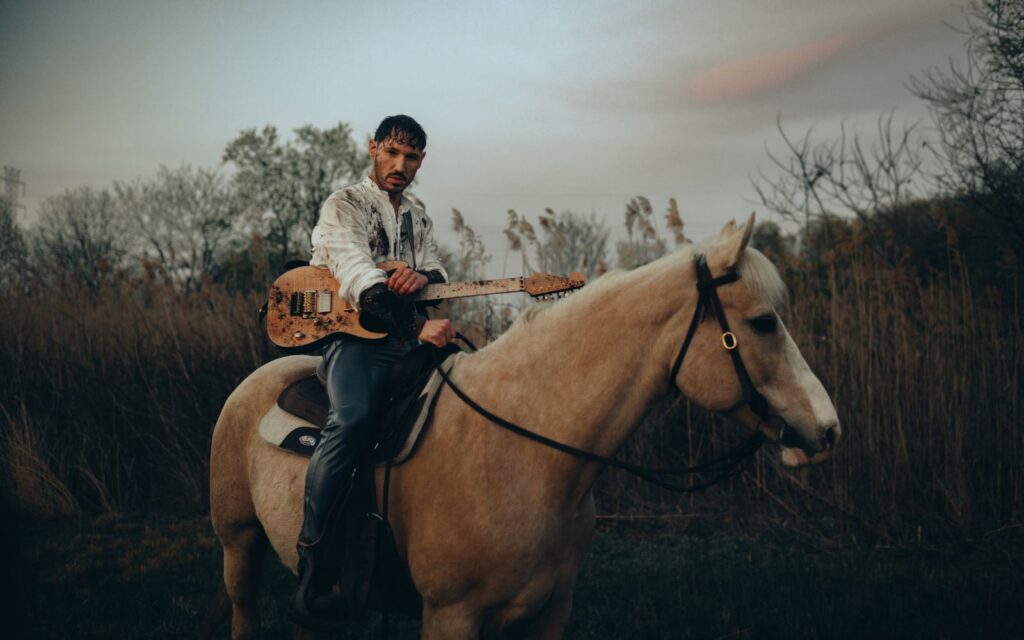Now, it’s Cassian’s own turn to embrace the spotlight with the release of his debut album Laps, out this week. A heay-hitting collection of deep house, techno and UK garage inflected bangers, Cassian’s genius behind the boards shines in the forefront of every track here, demonstrating his prowess as both a producer and mix engineer.
With the release of Laps just over the horizon, we linked up with Cassian for a chat about the making of the new record, as well as his experiences in the music industry and his tips and tricks for any young producers out there.
Hey Cassian! Congratulations on Laps finally coming out – it’s such a well-thought out and conceived debut effort. Considering you’ve been behind-the-scenes in the industry for so long, how did you approach creating such a comprehensive project?
Cassian: “Thank you! When I first had the idea to try and make an album, I spent the first few years just slowly writing and putting demos together without much restriction or focus. I didn’t really know what I wanted the album to be about but over that time the songs I was most happy with all started being focussed around the subject of relationships and the concept presented itself from there.
“I’ve been involved behind the scenes as a mixer and producer with some albums I really love from some of my favorite artists. Getting to see how they piece them together was such an incredible learning experience. The process is always different with my own music but I tried to channel some of what I learnt from that and put it into this record.”
You’ve spent much of your career working behind-the-scenes with some of the best Australian electronic acts in the game – RÜFÜS DU SOL, What So Not, Hayden James and Running Touch, just to name a few. How did you get into that line of work in the first place? Did you study, or just master your craft early?
“I learnt piano from when I was really young and guitar from when I was about ten. Studied it all through high school, did a Jazz guitar course at the Conservatorium of Music in Sydney but never formally studied production or engineering. I’ve always just sort of tried to walk through whatever doors were opening in front of me. After my first few years of being an artist the label I was signed to disintegrated, I couldn’t find a manager and it felt like I’d hit a brick wall.
“Some of my friends started coming to me to help them with their music and I also started asking my friends if they would let me have a go at a mix or production or whatever. I was just lucky that some of those friends were artists like Hayden James, RÜFÜS DU SOL, Set Mo, Classixx, Bag Raiders and Miami Horror. I definitely wouldn’t say I mastered it early, but I think I figured out how to be consistent. I guess at the start I was more of a problem solver for my friends who were all extremely talented, but maybe couldn’t quite get one particular track to sound how it did in their head.”
Conversely, how did these experiences working with other artists help inform the way you approached Laps?
“Every artist I’ve been able to work with has taught me so much and I don’t think Laps would exist without each of them. Their success gave me so much confidence and getting to see their different workflows and how they put their music together helped me figure out what would work for me.”
It sounds like you’re using a lot of hardware and analogue gear across the album. Tell me about your studio setup – how are you making the majority of the tunes we’re hearing?
“For most of the process my setup was pretty minimal. I wanted it stripped back on purpose so I could really focus in on a few pieces of gear and learn them inside out. The vast majority of sounds on the album are either my Prophet 6 or Model D reissue. Almost all the songs started life on the Prophet. For a while I had it setup in my bedroom plugged directly into some monitors and would sit down and play it like a piano and just use my phone to record anything I liked. Two amazing synths that are both incredibly inspiring and also have very distinctive characteristics.
“The vocals for ‘Magical’ and ‘Together’ were recorded remotely but for ‘Imagination’ and ‘Same Things’ I used a Geffel UMT 70s straight into an Apollo. ‘The Rise’ I just used an SM7.”
Songs like ‘Open Up’ or ‘Imagination’ with Tora almost has a two-step, future garage feel to it. For those who mightn’t know how to, can you explain how would you go about programming a drum pattern like this? What are you using for the huge synth pads and plucks throughout it?
“For both of those I was just primarily trying to keep it simple. When those type of patterns are too busy or ‘funky’ it feels a bit cheesy and distracting to me. For both of those I knew I wanted to do something that wasn’t 4 to the floor but didn’t really have anything specific in mind and just jammed until it felt good. All the rhythms in ‘Open Up’ are straight which I really like the feel of with the constant stabs, while on ‘Imagination’ the rhythm is shuffled which felt good to me with the held chords. All the main synth parts on both of those are from the Prophet 6. I was MIDI triggering it for both of those and just did a few passes of filter, envelope and modulation tweaks them comped it together.”
There’s some really interesting vocal processing or sampling going on in ‘Together’. Can you chat a bit about that? What were you using to effect the vocal stems here?
“Thandi has the most amazing voice. Due to the lockdown and us being in different countries we had to record it remotely, which is really hard for me. I knew her performance would be great so I didn’t want to try and give too much direction, but I also felt like the song needed a bunch of really interesting vocal FX and cut up ad-libs, so I just encouraged her to go wild with the ad-libs and do as many possible.
“I set up a few empty channels with weird delays and reverbs and worked through all the ad-libs cutting out little moments I liked and throwing them on those channels to see how they sounded. Plugins like Echo Boy, Valhalla Delay and Valhalla Vintage verb are huge for me in general but especially for sounds like those. I found a few that could have a sort of call and response with one another and used those for the post chorus sections.”
You’re also quite distinctive with your mixing – one track that really caught my attention is how balanced the low end is on ‘Lafayette’. I love the way you use really brassy, Prophet sounding bass stabs and layer a low, subby pulse underneath. Run me the process through that track.
“I was definitely trying across the album to have things as consistent as possible. It made it hard on some songs because I found myself caring more about them being consistent than being the absolute best version of that particular song, so the mixing was more about finding that common ground and figuring out the best compromise.
“‘Lafayette’ is interesting, because that song originally came out in 2018, but I knew I wanted to update the mix and have it re-mastered for the album. I never really loved how it sounded but it became the biggest track in most of my DJ and live sets, so I didn’t want to lose whatever it was that made people connect with it.
“The low end is pretty simple for a track like that, I just have specific RMS ranges I’m trying to hit for the kick and held sub which I am confident will translate the way I want them too. Other important components: length of the kick, getting the kick right (there’s so much that goes into this I could chat on it for hours but simplicity is key), kick must be mono and sub bass must be mono (100hz down).
“My mastering engineer Dale Becker is renowned for his low end and learning how to mix in a way that allows him to do what he does best has made a big difference to my low end.”
Even though live performances are off the cards for a while, can you give us a rundown of how your live set works? Are you rigging and syncing a bunch of hardware, or running Ableton?
“Ableton is the heart of it. I have an SPD that I trigger samples from and have a reverb and delay dry/wet for those samples. Also an MPD that I use to play more samples, have a bunch more FX and trigger each track. A Korg Minilogue that I both play and have MIDI triggered to tweak sequences. Also, a Kemper for my Strat.
“I’m getting close to figuring out what the next iteration of the show will look like. The goal is to have a Prophet 6, something that can recreate Model D sounds, something like an Electron Analog Rythm + the SPD/MPD combination and the Kemper, but it’ll ultimately be decided by what type of shows I’ll be able to do once things re-open.”
Finally, what advice would you give for a producer/mix engineer/DJ looking to pursue a similar career path as you?
“That’s really hard to say, because I honestly feel like I’m only just getting started and have SO much to learn… But for me personally, learning to be patient has been crucial. Also, learning how to champion my work while still being my own biggest critic and constantly challenging myself to improve.
“There’s a lot of luck involved in music, but if you’re patient and always improving it’s just a matter of time before things start to fall into place. Finding the right team has been the thing that has made the biggest difference for me, my management, agents, label and everyone else are all amazing, their work ethic and creativity pushes me a lot.”
Laps arrives this Friday June 26 – head to Cassian’s website to preorder the album today.
